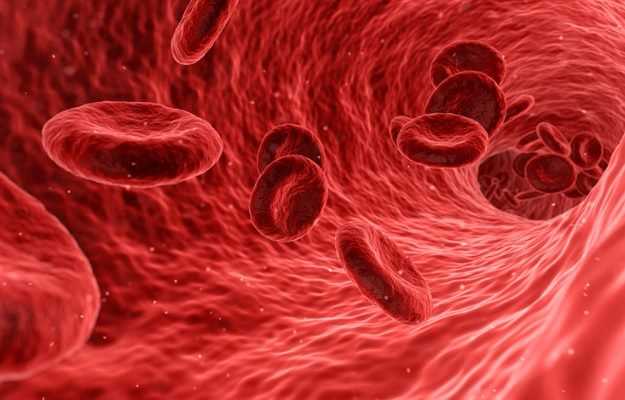What is Polycythemia Vera?
Polycythemia vera is a cancer of the stem cells that affects people aged around 50-70 years of age. The stem cells that produce blood cells undergo uncontrolled multiplication, creating an abnormally high number of red blood cells, white blood cells and platelets, which do not function normally.
What are its main signs and symptoms?
The disease being slow in onset is mainly asymptomatic for a long time. The increased number of cells make the blood thick. The symptoms are often a result of this hyperviscosity, which causes sludging of blood flow and clot formation (thrombosis). The combined effect is poor oxygen delivery that manifests as follows:
- Headache
- Dizziness
- Vertigo
- Tinnitus
- Visual disturbances
- Bleeding from gums or intestines
- Itching of skin, mainly after exposure to warm water
The increase in the number of platelets and their clogging together causes the formation of many thrombi (blood clots) in the blood vessels. They cause severe pain and bluish discolouration of skin in the hands and legs. This is a classic symptom of polycythemia vera, known as erythromelalgia. Also, the patients are more susceptible to peptic ulcers. This may be associated with an inflamed spleen and liver.
What are its main causes?
The real cause of polycythemia vera is not yet clearly understood. However, research suggests that around 90% of patients with the condition have a variation in the JAK2 gene, which might be the cause for the condition.
How is it diagnosed and treated?
The diagnosis is made with respect to established criterions of blood cells and organ inflammation.
WHO has revised the pre-existing guidelines for polycythemia vera diagnosis. However, the diagnosis is still made by considering the blood counts, and requires blood tests, bleeding time, prothrombin time, activated prothrombin time, blood uric levels, etc.
Polycythemia vera has no definitive cure yet, but the condition is not life-threatening if treated under supervision adequately. Treatment is symptomatic relief. It is aimed at reducing bleeding and clot formation in the patient's body. Phlebotomy i.e. releasing excess blood via a cut in the veins is routinely done to prevent the accumulation of blood cells. This must be supported with iron supplementation. Chemotherapy is avoided. Functioning of other organs is monitored too throughout life.
















